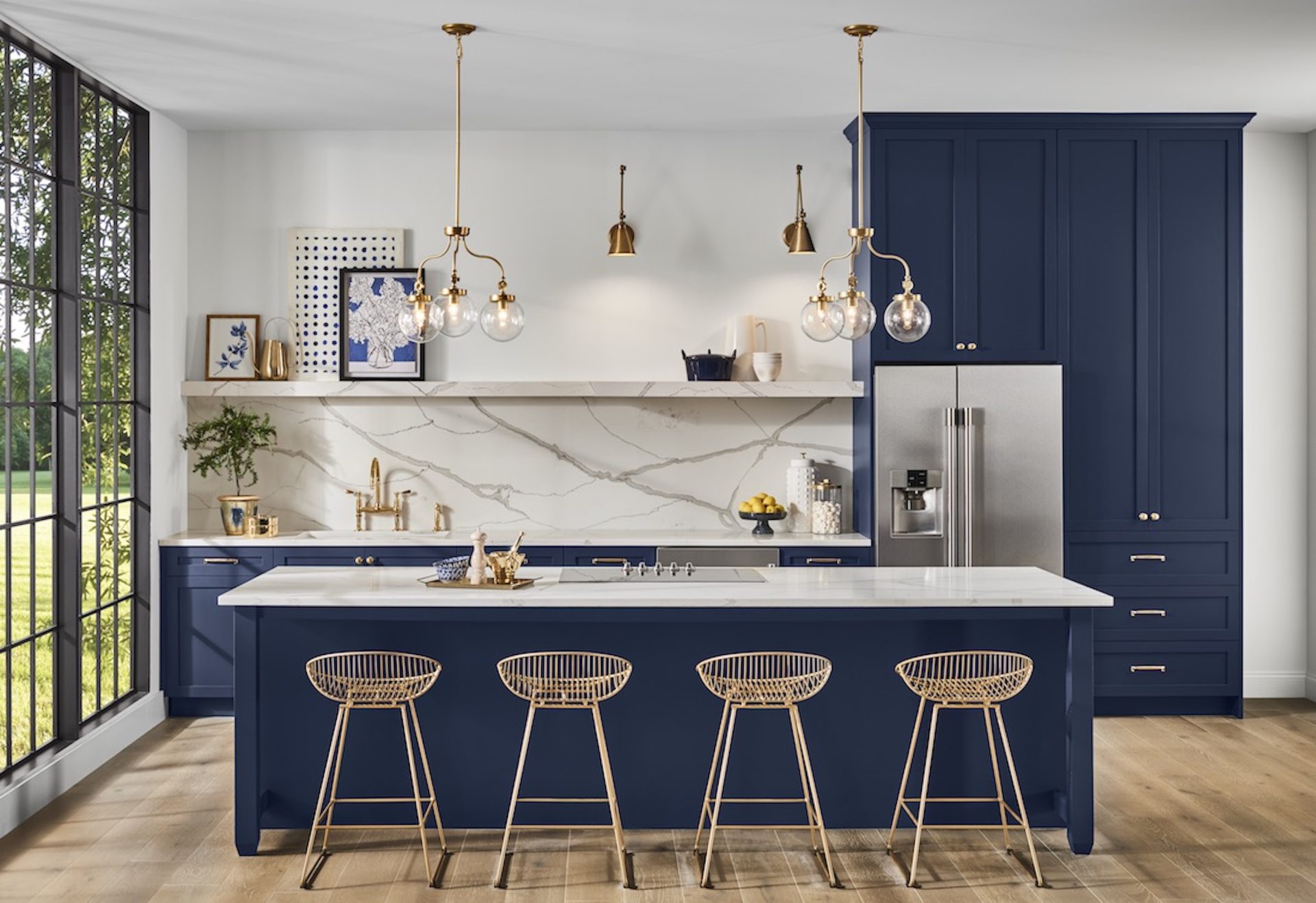Art can be found in all types of shapes and one of them is to paint with points, which many people appreciate and practice recreational, decorative or even financial purposes. If you have recently discovered this technique and you are curious to try it, but you don’t have much information that can help you, you have to be, because you can discover everything you need in this sense.
What is the painting with points
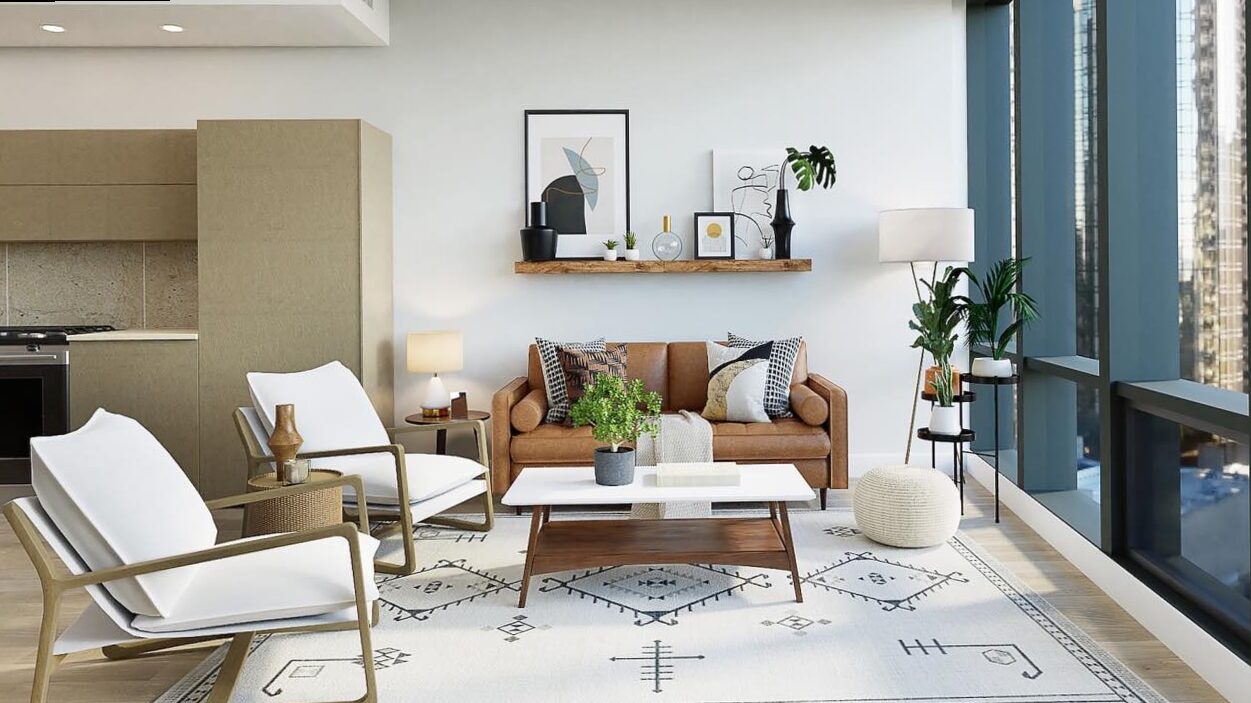
Point Painting is an artistic technique in which images or scenes are created using individual points of color applied on a surface. These points can be applied using a writing tool, such as a pen or a marker or with brushes with thin tips. Usually, the paintings with points are made by positioning small and precise points on a surface and when these points are seen at a distance, they create the illusion of a complete image.
Point painting can be considered a Punctylist art form, which is based on the principle of the division of optical colors. This technique is inspired by the theory of color points developed by Georges Seurat and Paul Signac in the artistic movement called Neimpressionism or Punctizzism.
What Mandala represents
Mandala is a term that comes from Sanskrit and means «circle» or «center». It is a circular symbolic representation, often with geometric forms and repetitive motifs, which develop from a central point to the edge. Mandalas are drawings or paintings that have a symmetrical design, in which the elements are organized around a common center.
Mandalas have a long history and are present in numerous cultures and religions all over the world. They have been used in spiritual practices, meditation and religious rituals over the centuries. Mandalas are considered representations of the universe, which symbolize harmony, balance, unity and everything else. They can be used as tools for concentration and meditation, helping to hit and balance the mind and spirit. Currently, mandalas are widely used and appreciated in contemporary art and design, considered and used as a means of relaxation, artistic expression and self -knowledge.
Materials required for painting with points
If you want to do the job as the book, then you will need some specific materials, which will facilitate your job when it comes to painting points and if you go to the article, you will be able to find out what it is!
Canvas or paper
You can choose to work on a special canvas for painting or on a high quality card, but consider that the surface is prepared to receive the paint and resistant enough to support the repeated application of the points.
Colors or acrylic paints
At the same time, you can use acrylic colors or oil paints to create points and acrylic is a popular option, because it dries quickly and it is easy to work with it, but you must make sure you have a variety of colors to create the desired palette.
Brushes with fine peaks
At the same time, you need brushes with fine tips or special tools to apply the points and those with a round tip are ideal. You can also explore other unconventional tools, such as suggestions or patch ears, to create different effects.
Palette or plate
Next, you will need a flat surface to mix the colors and load the brushes and for this you can use a painting palette or use a lighthouse or a light cardboard for this purpose.
Transfer paper or models
In addition, if you want to create a complex design or reproduce a specific model, you can use transfer card or models to mark the points on the surface before applying them with paint, so these materials are more optional.
Painting support
To support your canvas or paper during work, you can use a kevlet or a rigid surface to place in a comfortable position, which will help you considerably in the creative process.
Solvent and cleaning container
Last but not less important, if you decide to work with oil paints, you will need a solvent, such as terrible and a container to clean the brushes and dilute the paint.
Work passes to make a points design
If you have discovered which materials you have to make a points drawing, then you have to find out which steps you have to follow in the order of their conduct, so that the result is at least as expected.
The preparation of the surface
First of all, when you start the painting with points, make sure that the canvas or paper that you will work is clean and ready to receive the paint and if you work on the canvas, you can receive it with a thin layer to create a uniform surface.
Choose a color palette
The next step is to choose the acrylic colors or oil paints you want to use in painting and keep in mind that you can use predefined colors or mix your shades.
Design planning
To make it as simple as possible, you can make an easy sketch of the design of the design or model you want to create, to guide your points. You can also use transfer card or models to mark the points on the surface before applying them with paint and in this way you will know that the chances of giving them.
Loading of the brush
The next step is to use the brush with a fine tip or a special tool to take a small amount of paint and make sure it is uniformly covered with paint, but not in excess.
Application of points
With the brush or the chosen tool, applies individual points on the surface of the work, which can be positioned regularly or irregularly, depending on the desired effect. You can experience different sizes and colors of the points to create diversity and depth in painting.
Completion and detail
After applying most of the points, you can add more details or accents, using smaller brushes or other special tools, but make sure you have paid attention to all the details and you have achieved the desired effect.
Dry the work
After finishing applying the points and complete the painting, let it dry completely according to the instructions of the product used (acrylic or oil), so as not to risk the damage.
Suggestions for the points painting technique
Before starting to paint, it is useful to have a clear idea of what you want to achieve and, for this, you can make a sketch or a preliminary design to determine the composition and distribution of the points on the surface.
- Choose complementary colors
The use of complementary colors can create a strong contrast and give further glow to your work. Classic examples of complementary colors are red and green, blue and orange, yellow and purple.
- Experience with the size of the points
In the points of points painting, the size of the points plays an important role in creating the plot and the depth of work, so that you can use brushes with different thicknesses or other objects to obtain points of various sizes.
Depending on the pressure that applies during application, you will get different results. For example, higher pressure can create higher and intense points, while lower pressure can produce thinner points.
Instead of trying to complete the entire work, you can gradually build the image, the level of work, because, therefore, you have the opportunity to correct or regulate certain areas while we advance.
The distance and closeness between the points can influence the final aspect of your work. For example, the points positioned strictly from each other can create a densest and more detailed image, while the most spoiled points can provide a more airy image.
- Technical mixing practices
Even if the painting painting technique is based on the application of distinct color points, it is possible to obtain interesting effects by mixing the colors on the palette or directly on the surface, then try it for the most successful works.
- Patience and persistence
The painting technique with points requires patience and time, because work can take longer than the case of traditional painting techniques, so it is important to be patient and continue working, even if the process can be more difficult and can take something more time.
Therefore, if you want to get the most beautiful paintings with points, try to consider these suggestions and, over time, advising constantly, you will advance considerably!
ULatest Posts

How to get the most beautiful paintings in watercolors
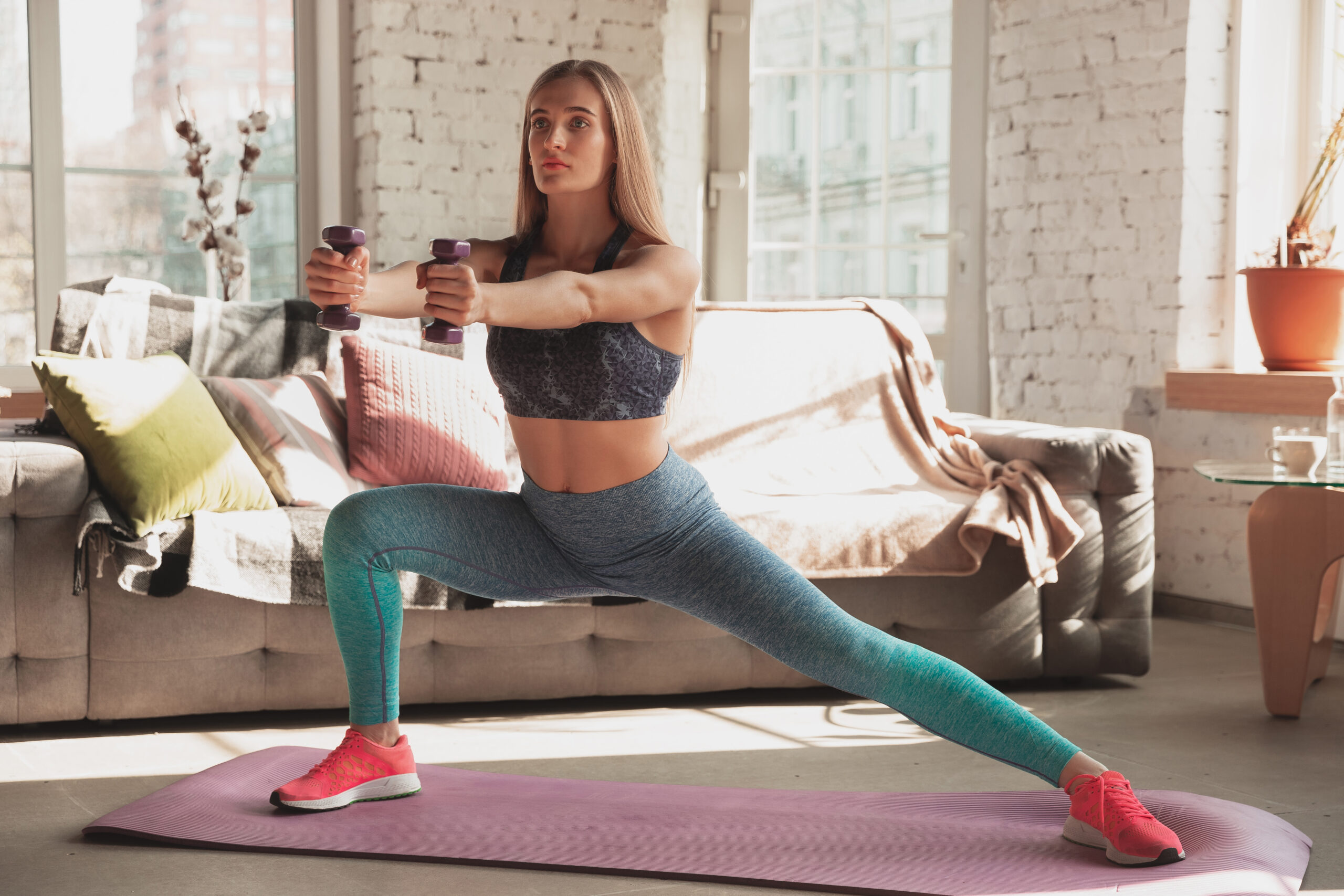
Sport Home – How to organize a fitness room in your home

Which background we put in the bedroom – simple ideas to follow

Decorations for a girl’s room: how can you create a personalized bedroom?
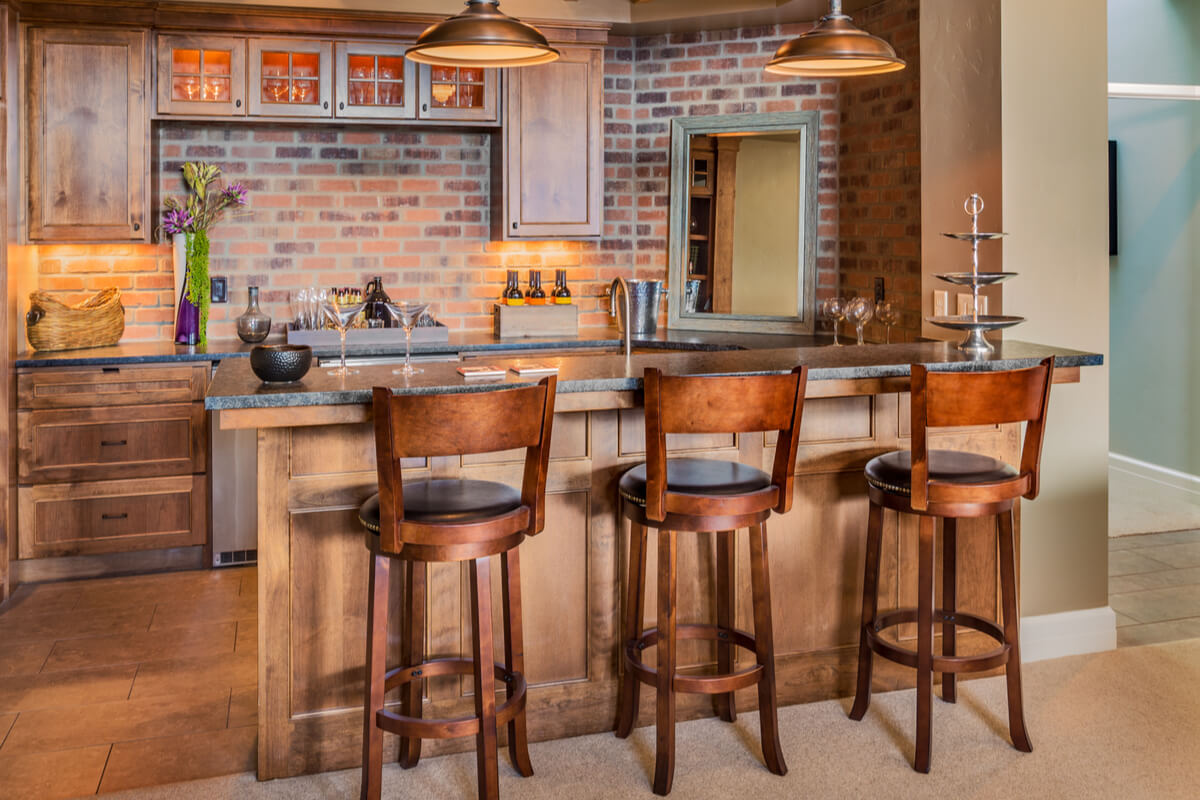
Rustic bars models – Tips and ideas to organize a bar at home!
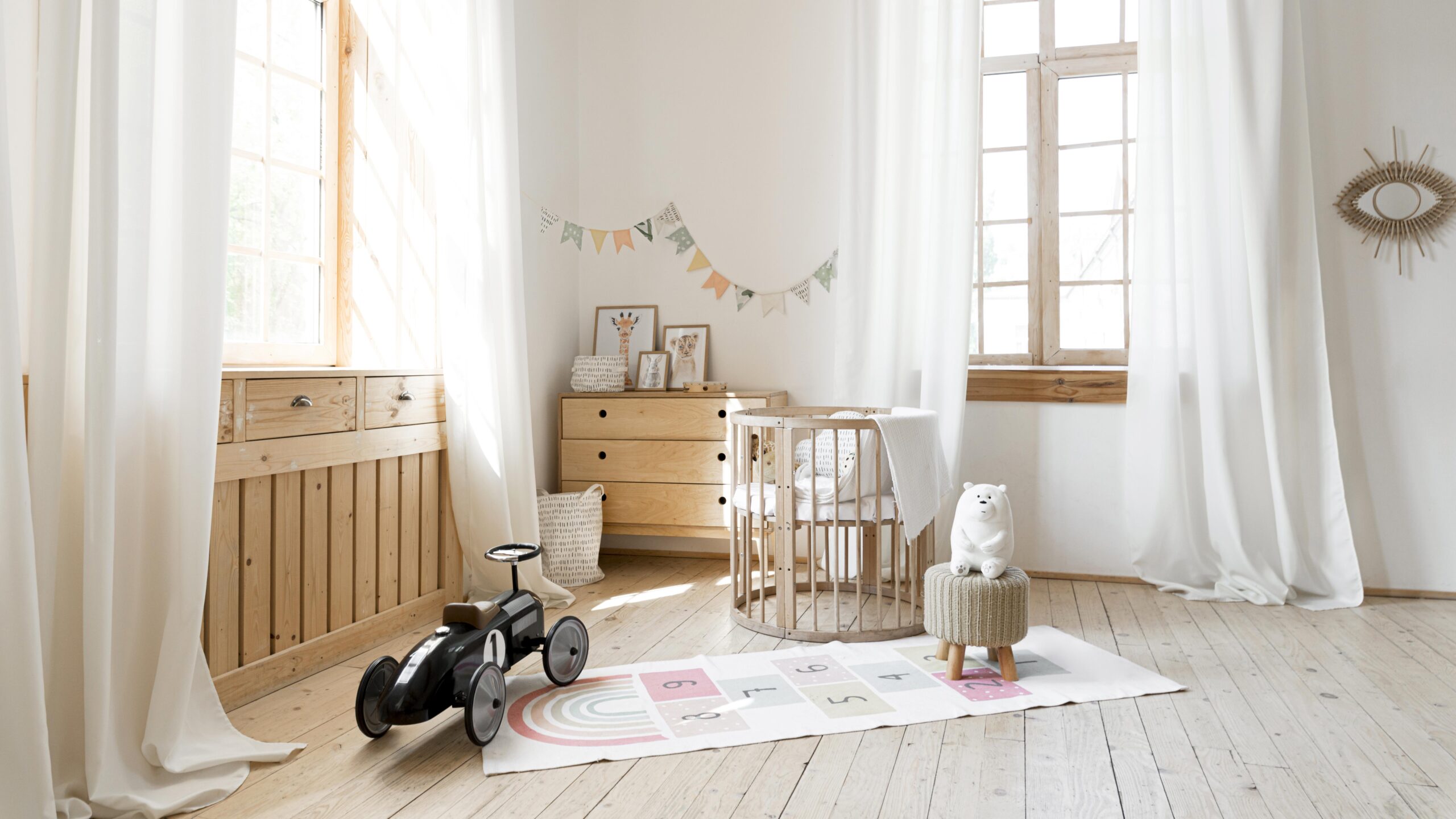
Over 10 color ideas suitable for your child’s room and how to choose the right shade
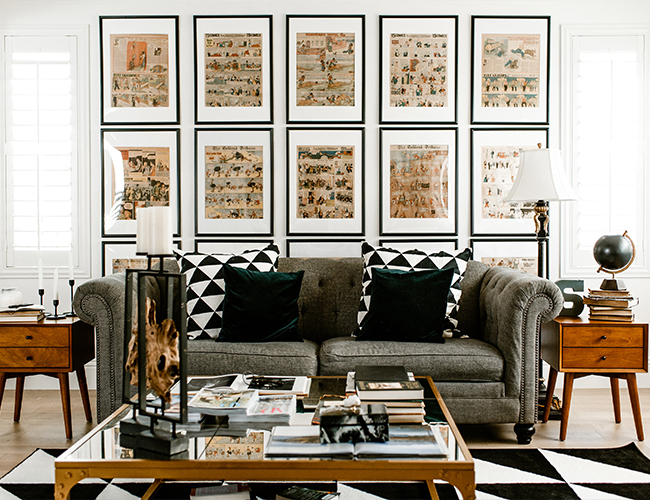
Living Art Deco: Guide to the essential arrangement
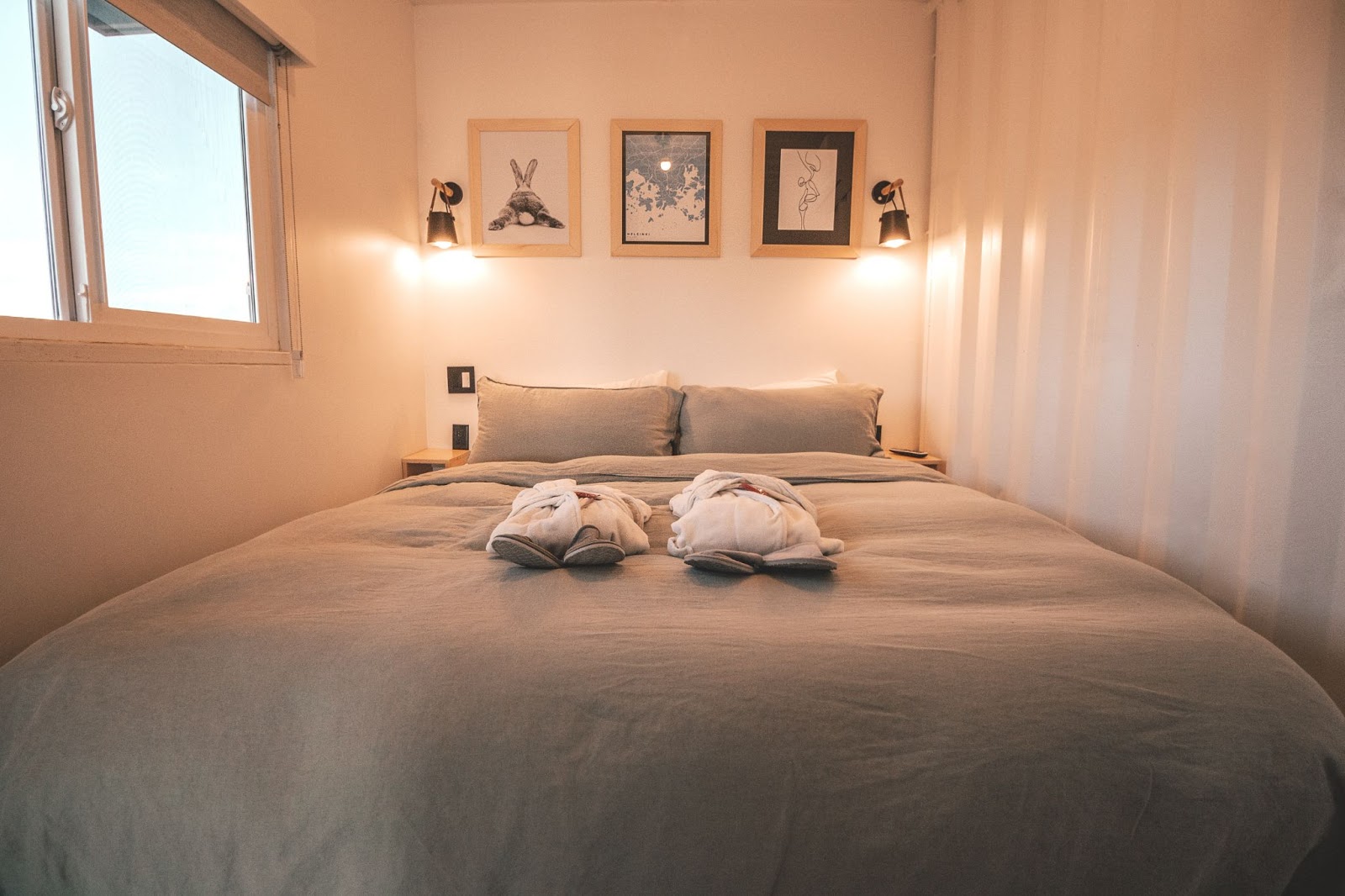
Decor for Girls’ Room: from the loving princesses to teenagers in love with Beautiful
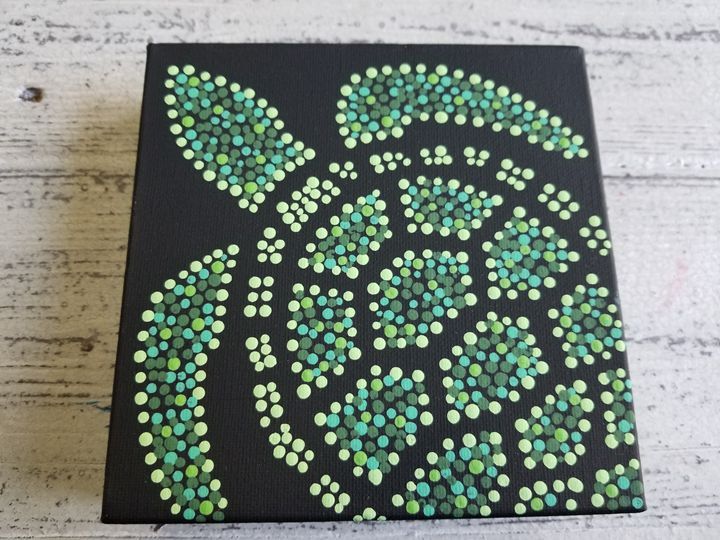
What are the first steps, the necessary materials
